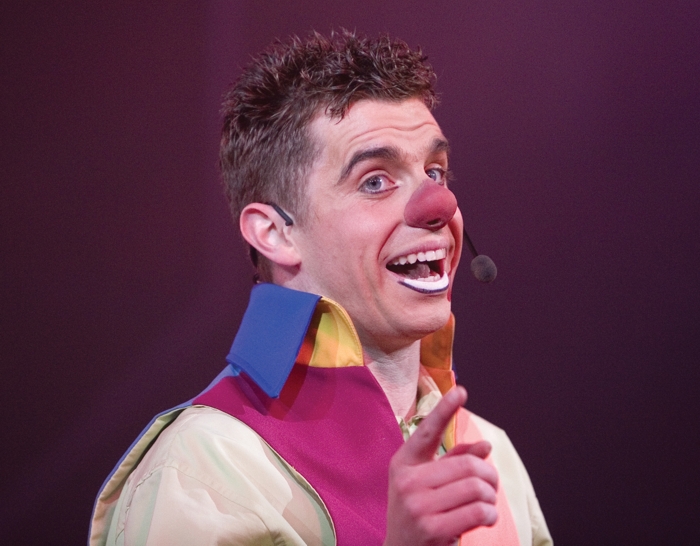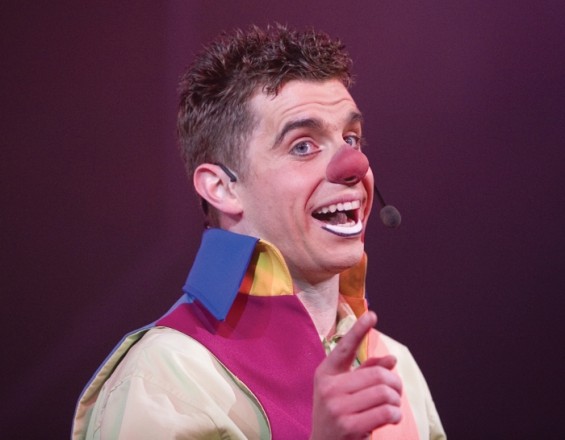International Clown Week is upon us. So to celebrate, here are our top ten facts.
There is no definitive story of how Clowning Week first came to be or who came up with the idea, there are stories a plenty. International Clown Week is only officially recognised in the USA, but there’s no reason why us Brits can’t join the party. All we can say is enjoy it, revel in it, maybe slip on some large shoes and a red nose and clown to your hearts content.
-
International clowning week takes place in the first week of August every year.
-
National Clown Week was signed into law on 2 August, 1971 by Richard Nixon. It has since then become International Clown Week.
-
The traditional nickname for a clown is a Joey, after the early 19th century pantomime star Joseph Grimaldi.
-
The word clown is believed to come from the Icelandic word klunni, meaning a clumsy person.
-
Clowning duos often come in the form of the Whiteface (a serious character) and an Auguste (often with exaggerated features and a mischievous nature).
-
A fear of clowns is known as Coulrophobia, and is not recognised by the World Health Organisation as a registered disorder.
-
A clown show traditionally follows a framework. This provides a loose structure for the clown to change, improvise and work around throughout the show, choosing to include and dismiss chunks of material at will depending on the reaction of the specific audience.
-
A clown act can come in a variety of different forms. These include “entrees” (longer acts that contain gags and typically use a clowning framework), “side dishes” (a shorter, feature act between other show material) and “interludes”, a distraction-style set the clown performs while rigging or equipment is being adjusted in the background.
-
What is referred to as “business” is the motions and gestures a clown uses to express a character or personality.
-
There are thought to be over 20,000 clowns in the world today. The most famous have their faces painted onto eggs (chicken, or sometimes goose) and are displayed in collections in the UK and the USA. The tradition was started right here in the UK around 1946.
Read more about Danny Adams (above) in Douglas McPherson’s Circus Mania.




Recent Comments